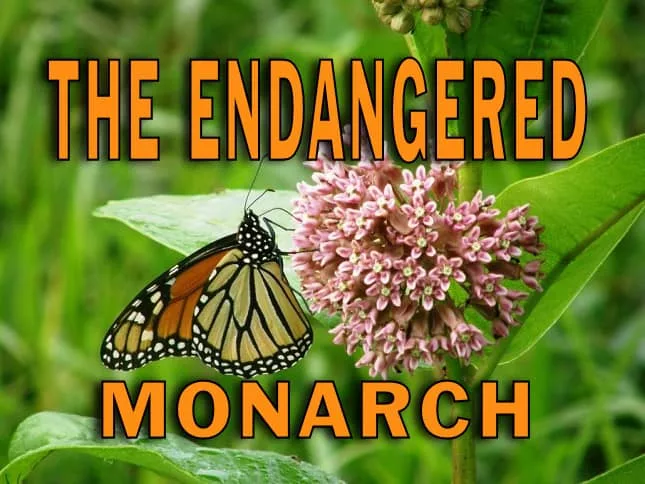One of the first signs of fall to always look for is the movement of the Monarch Butterflies starting their fall migration.
Wildlife Specialist and Naturalist Scott Shupe says the Monarchs have a long distance to travel.
click to download audioWhat a great sight it is to see the beautiful orange and black Monarch butterflies roaming around your garden and the nearby vicinity. For me and many people of America, the Monarch butterflies have always been a part of our memorable childhood, from which we learned about pupae, larvae, metamorphosis, and a score of other things related to its life cycle. But this year… something was wrong. I only saw two or three migrating Monarchs and I felt sad.
click to download audioThe U.S Fish and Wildlife Service says that from the year 1990, more than a billion Monarch butterflies have vanished and their populations are dangerously low.
click to download audioThe use of harmful chemicals has led to the destruction of milkweed plants, the only plant on which the Monarch caterpillars feed on.
click to download audioMonarch butterflies are as American as apple pie. Yet these butterflies, once a familiar sight, are plummeting toward extinction due to landscape-scale threats from pesticides, development, and global climate change. We can all do our part to try and save the Monarch by planting milkweeds this fall. The seeds can be obtained online or in local garden stores. The monarch butterfly is at risk of being lost forever unless humans take rapid action to protect it.






